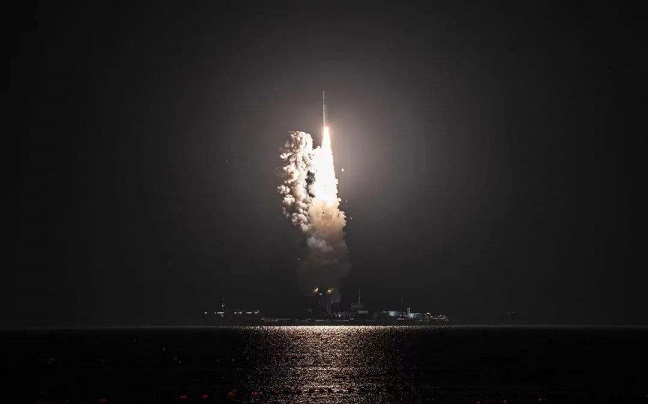General Motors (GM) is starting its own energy storage business using its Ultium battery packs to power homes and charge cars as well as to feed power back into the grid when needed.
The new business unit, called GM Energy, will consist of Ultium Home, Ultium Commercial and Ultium Charge 360 divisions. Ultium Home and Ultium Commercial will, as their names imply, supply energy storage for homes and businesses, respectively.
Ultium Charge 360 is GM’s existing electric vehicle charging software application that allows drivers to find public chargers for their vehicles. GM Energy will also be involved with hydrogen fuel cells and solar energy products, GM said in its announcement.
Similar to how Tesla (TSLA)builds its Powerwall and Powerpack products, GM’s home and commercial battery packs will rely on the same sort of batteries as those used in the automaker’s electric cars. They will be put into large stationary packs to store energy to reduce the need for electricity during times of peak demand.
They can also provide power during outages and can even send power back to the electrical grid to provide support when power needs might go beyond what the utility, on its own, can provide. Owners will generally have their power bill credited for the amounts sent back to the grid. Tesla has used its energy storage products in this way to create what it calls Virtual Power Plants, that, in theory, could reduce the need for utilities to turn on additional power generators at times of peak need.

GM Energy's Ultium Home division will provide power-storing wall boxes for home use.
The new GM division will also provide software and equipment to use electric vehicles themselves as energy storage devices that, when parked and plugged in, can provide electricity to a home during short power outages. GM Energy will work with California’s Pacific Gas and Electric on a pilot program to test the concept using GM electric vehicles starting in 2023, GM said in the announcement. The Chevrolet Silverado EV pickup will be the first GM vehicle capable of bi-directional charging but others will follow.
Other automakers are also working on so-called bi-directional charging, which allows electric cars to serve as temporary power buffers for homes. Ford Motor Company has said that many Ford F-150 owners used their truck’s Pro Power Onboard function, a feature available on electric and gas-powered versions of the truck, to power their homes after Hurricane Ian hit Florida.
GM Energy is also working with several major power companies, according to GM’s announcement. The new subsidiary is also working with solar energy provider SunPower, which will install solar panels on customers’ homes, GM said.
All of these systems will be controlled by software applications that will be released around the end of 2023, said Mark Bole, head of V2X and battery solutions for GM Energy. V2X refers to vehicle-to-home and vehicle-to-grid power flows.
One overall goal of the subsidiary, according to GM, is to help alleviate concerns about possible strains electric vehicles could put on power grids across the nation. Having power storage capabilities could help reduce stresses on the power grids by allowing vehicles to charge with power saved during periods of reduced demand. Having vehicles themselves serve as power storage could also help reduce concerns over short-term power cutbacks and blackouts. Software can also be used to help electric vehicle owners coordinate their charging activity to avoid large spikes in demand.
“We see EVs as being part of the solution,” said Bole.




